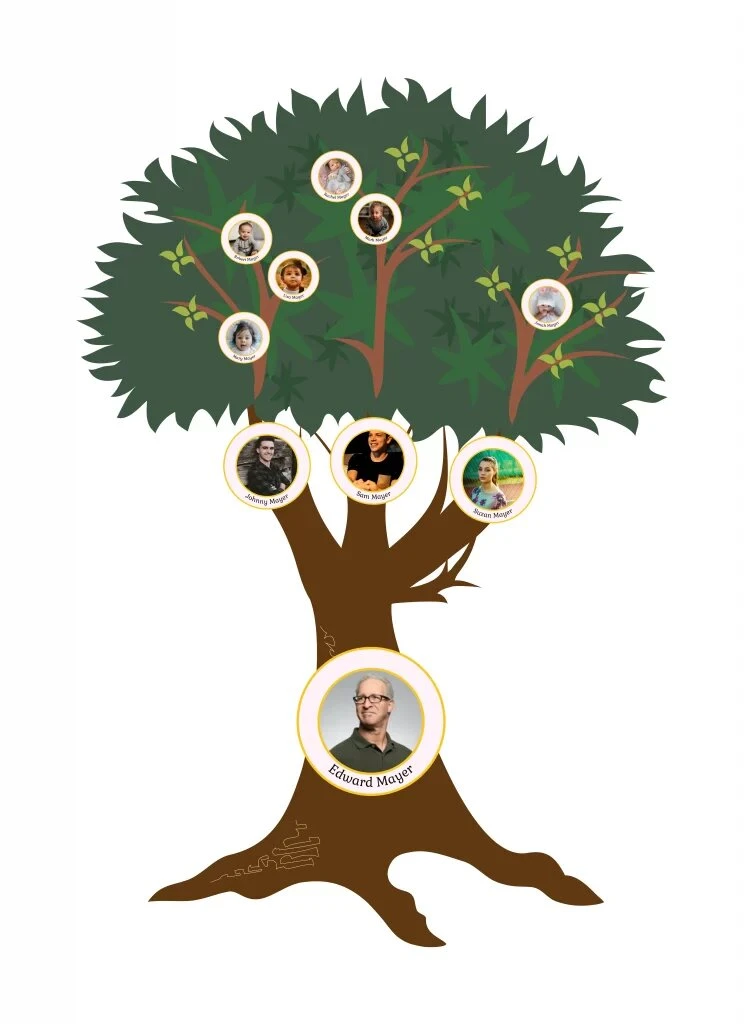
The concept of a family tree is a familiar one to most of us, but understanding what it means and why it is important can be a bit more complex. A family tree is a way to visualize and document a person\'s ancestors, going back multiple generations. Genealogy is the study of family history and lineage, and a family tree is an essential tool for tracing one\'s roots.
In this blog post, we will explore the basics of genealogy and family trees, including their importance, the information they can provide, and how to get started with your own research.
The Importance of Family Trees and Genealogy
Family trees and genealogy are important for a variety of reasons. They allow us to understand our ancestry, including where we come from and the cultural, ethnic, and historical context of our family history. They also help us connect with our relatives and build a sense of community and belonging.
Additionally, family trees and genealogy can provide valuable health information, such as genetic predispositions to certain diseases. They can also be useful for legal purposes, such as proving ancestry for inheritance or citizenship claims.
What Information Can a Family Tree Provide?
A family tree can provide a wealth of information about a person\'s ancestry, going back multiple generations. This information can include names, birth and death dates, locations, occupations, and relationships. It can also include historical information, such as immigration records, census data, and military records.
Through a family tree, you can trace the movements of your ancestors and learn about the circumstances that shaped their lives. This can provide a deeper understanding of your family\'s history and culture.
Getting Started with Your Family Tree Research
If you are interested in exploring your family history, there are several steps you can take to get started. The first step is to gather information from your living relatives, including parents, grandparents, and other relatives. Ask them about their own parents and grandparents, as well as any stories or information they may have about their ancestors.
From there, you can begin to document this information on a family tree. There are several software programs and online platforms available to help with this process, including Ancestry.com, MyHeritage, and FamilySearch. These platforms provide access to millions of records and resources, including census data, immigration records, and military records.
You can also access records and resources through local libraries and archives, as well as through genealogy societies and organizations. These resources can help you fill in gaps in your family tree and provide context for your ancestors\' lives.
Tips for Successful Family Tree Research
Researching your family tree can be a challenging and time-consuming process, but it can also be incredibly rewarding. Here are some tips to help you get the most out of your research:
Start with what you know: Begin by documenting the information you already have about your family, including names, dates, and locations.
Organize your research: Keep detailed notes and records of your research, including the sources of your information.
Be persistent: Genealogy research can take time and patience, so don\'t give up if you hit a dead end. Keep searching and exploring new resources.
Verify your information: Always verify the information you find through multiple sources, as errors and inconsistencies are common in genealogy research.
A family tree is a powerful tool for understanding your ancestry and connecting with your family history. Through genealogy research, you can trace


